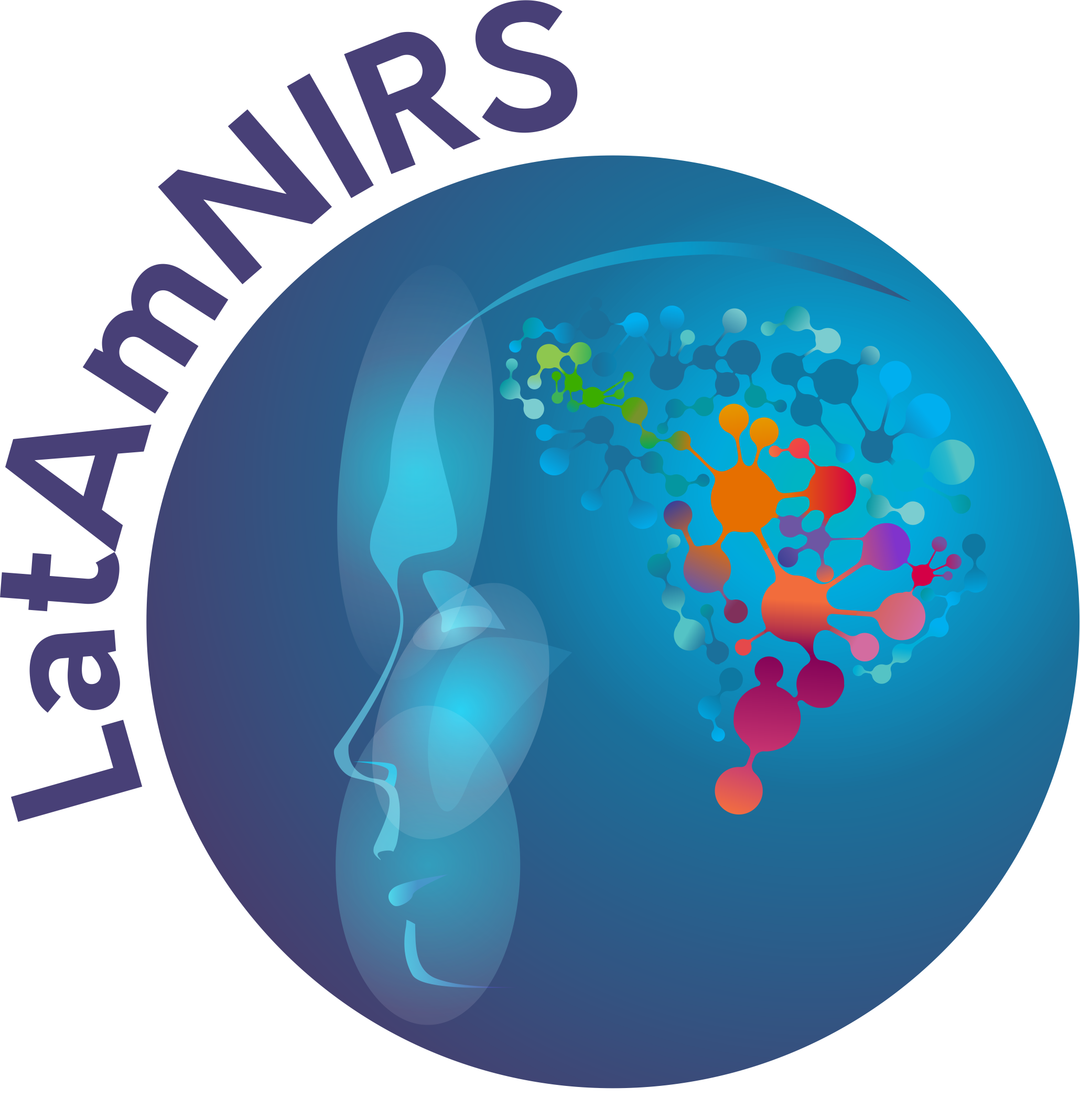Vertical Cavity Surface Emitting Laser
Definition: A Vertical Cavity Surface Emitting Laser (VCSEL) is a light-emitting, laser-based component that provides high wavelength stability with a very stable, short cavity. VCSEL of 3 or 4” wafers have less than a 2 nm standard deviation for cavity wavelength. A VCSEL operates in a single longitudinal mode, which avoids signal distortions due to mode beatings. It has low power consumption, and the circular output beam allows simpler optics than side-emitting lasers. Its temperature sensitivity of wavelengths is ~5 times less sensitive to temperature variations than edge emitters. Over a 20°C change in temperature causes the emission wavelength to vary less than 1,4 nm (edge emitters = ~7 nm).A VCSEL allows highly compact designs; it enables the packaging of multi-wavelength source chips with reduced placing shifts. However, as VCSEL’s typical use field is in data transfer and heating systems, multi-wavelength emitters between 600 and 900 nm are not widely available to the public.
Alternative definition:
Synonym:
References: https://doi.org/10.1117/12.2209320https://doi.org/10.1117/12.2077209
https://doi.org/10.1117/12.2210909
https://doi.org/10.1117/1.3462996
Related terms: source, multi-wavelength, emitter, laser
